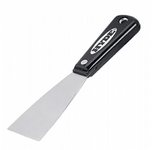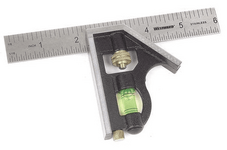- Thread Starter
- #41
Kreg makes a nice crown jig
I do like my Kreg pocket hole jig, that thing is handy.
Follow along with the video below to see how to install our site as a web app on your home screen.
Note: This feature may not be available in some browsers.
Kreg makes a nice crown jig
Each his own,,,you tube ''finish carpentry tv'',,that guy is talented.


